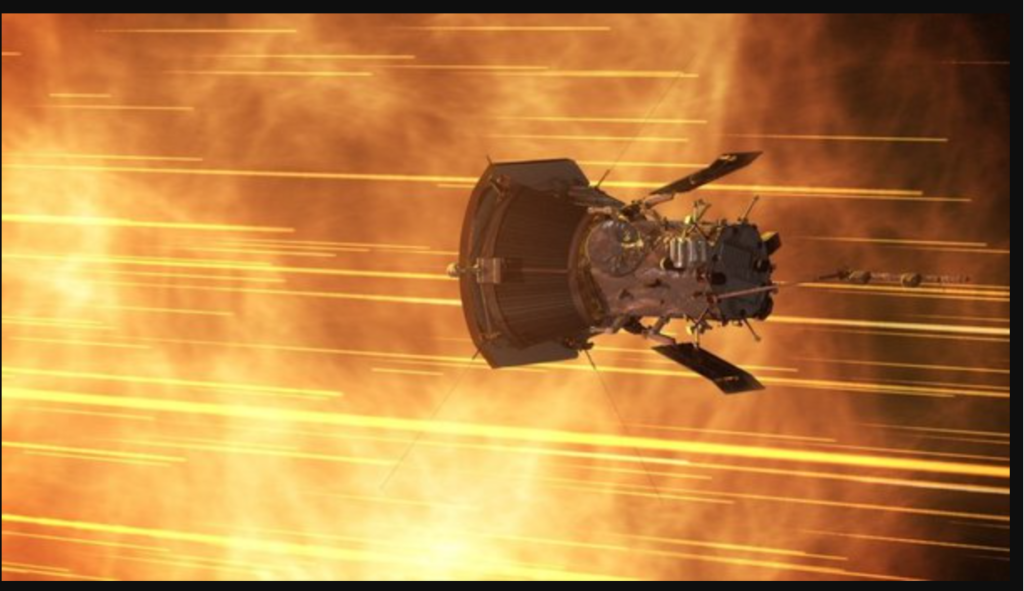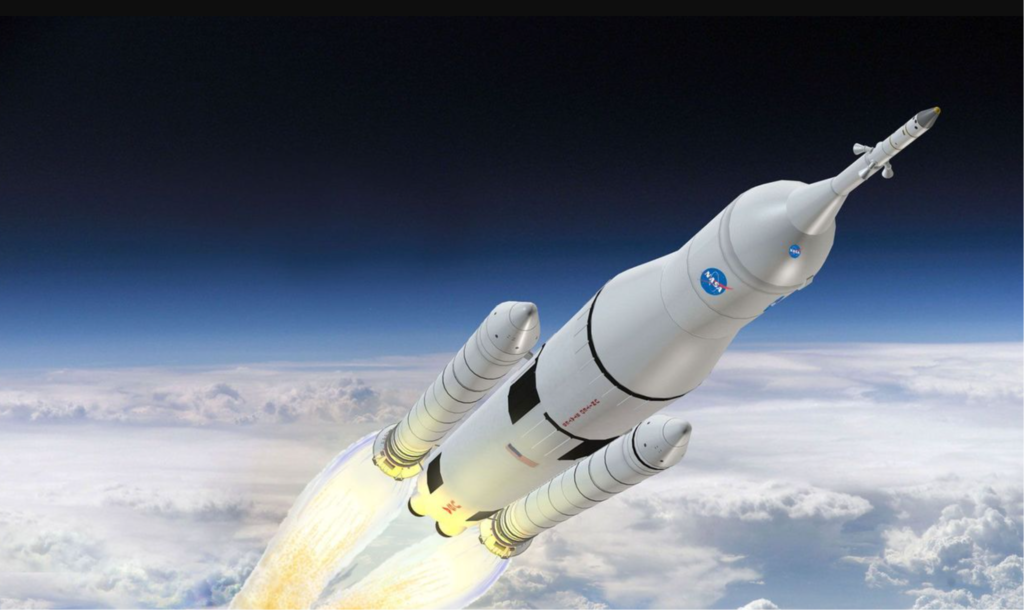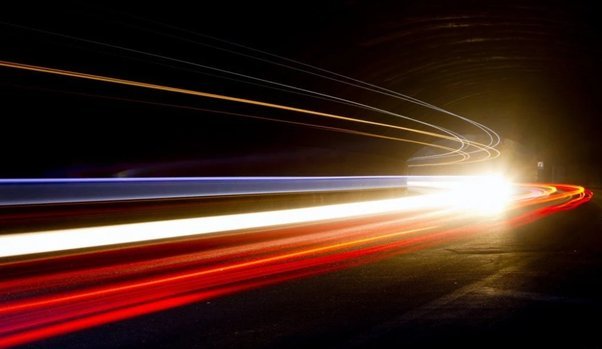Introduction
The notion of Spaceship flies at the speed of light has long captured the human imagination. The idea of journeying through the cosmos at such an incredible velocity raises numerous questions about the fundamental laws of physics, time, and our understanding of the universe. In this article, we will explore the hypothetical scenario of a spaceship traveling at the speed of light and delve into the consequences, challenges, and implications of such a journey.
Einstein’s Theory of Relativity
To understand what would happen when a spaceship flies at the speed of light, we must first turn to Albert Einstein’s theory of relativity. This groundbreaking theory, presented in two forms—special relativity and general relativity—has revolutionized our understanding of space, time, and gravity.
- Special Relativity: Special relativity, introduced in 1905, explains the behavior of objects in uniform motion. It famously postulates that the speed of light in a vacuum is the same for all observers, regardless of their motion. This theory reveals the effects of time dilation and length contraction at near-light speeds.
- General Relativity: General relativity, presented in 1915, addresses gravity’s role in the fabric of spacetime. It predicts the curvature of spacetime in the presence of massive objects, resulting in the phenomenon of gravitational time dilation.
The Speed of Light

The speed of light in a vacuum is approximately 299,792,458 meters per second (about 186,282 miles per second). In our everyday experience, we encounter speeds far below this cosmic limit. However, as objects approach the speed of light, the universe behaves in ways that challenge our intuitions.
Hypothetical Scenario about Spaceship
Now, let’s consider a spaceship traveling at the speed of light. According to Einstein’s theory of special relativity, this is a hypothetical scenario with profound consequences:

- Time Dilation: As the spaceship accelerates and approaches the speed of light, time dilation occurs. Time onboard the spaceship would slow down relative to an observer on Earth. The faster the spaceship travels, the more pronounced this effect becomes. For the travelers onboard, time would pass more slowly, but for those on Earth, time would continue at its normal pace.
- Infinite Energy: Approaching the speed of light requires an infinite amount of energy, as an object’s relativistic mass increases with its velocity. This presents an insurmountable challenge with our current understanding of physics and technology.
- Infinite Mass: As the spaceship approaches the speed of light, its relativistic mass also increases. The spaceship’s resistance to acceleration would become infinite, making it impossible to reach the speed of light.
- Warping of Space and Time: At light speed, the spaceship would experience the full extent of relativistic effects. Space and time would become inextricably linked, and the ship would essentially warp space and time around it.
Conclusion
While the concept of a spaceship traveling at the speed of light captivates our imagination, the scientific challenges and implications are immense. According to our current understanding of physics, it is practically impossible to reach or exceed the speed of light. The theory of relativity has shown that time, space, and the very fabric of the universe behave in unique and unexpected ways as objects approach this cosmic speed limit.

Although our journey into the cosmos may be constrained by the limitations of our understanding of physics, the quest for knowledge, exploration, and pushing the boundaries of science continue to drive humanity’s fascination with space travel. The theoretical journey at the speed of light, while beyond our grasp for now, remains a source of inspiration and a reminder of the mysteries that await us in the universe.
ALSO READ : NASA’s Psyche Spacecraft Lifts Off On A SpaceX Falcon Heavy Mission To A Metal-Rich Asteroid




































